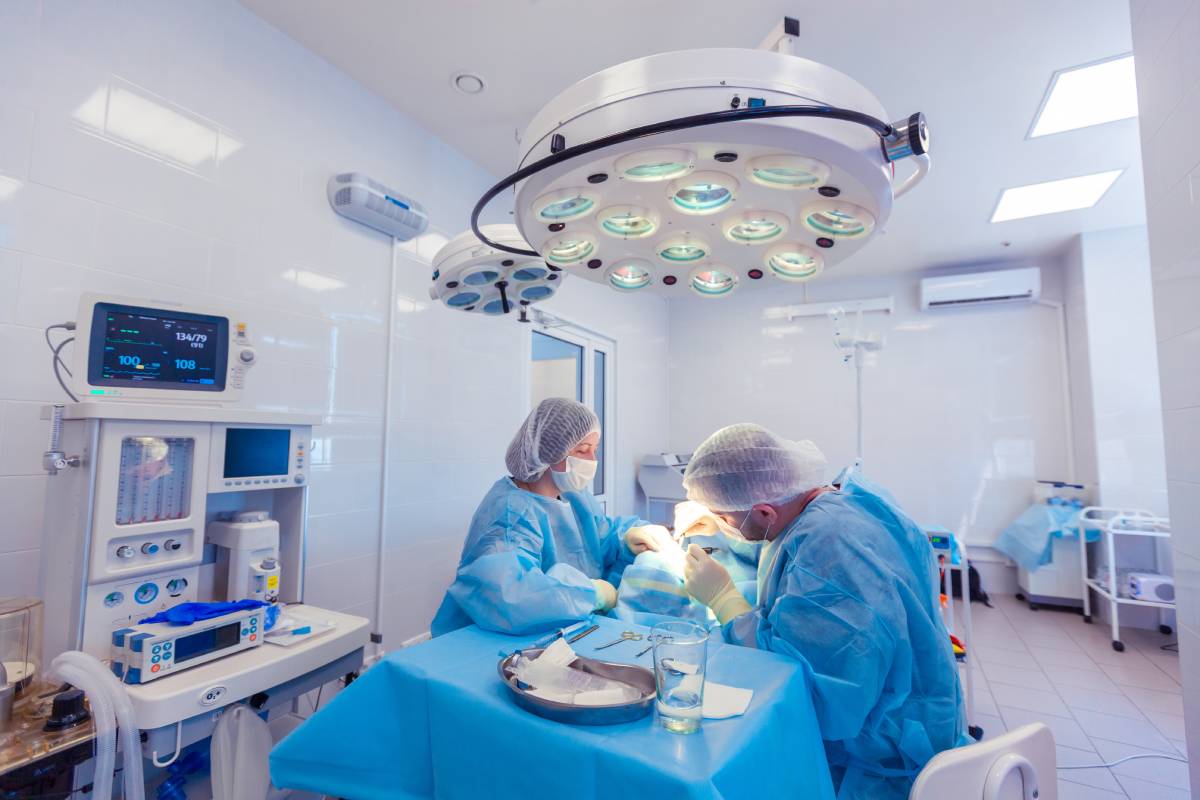
Each year, over 300 million patients worldwide undergo surgery, many of them requiring general anesthesia. Inhaled anesthetic agents, which are most common for general anesthesia, cost up to $1.2 billion annually [1]. Automating anesthesia delivery not only has the potential to reduce medical costs and minimize waste and greenhouse gas emissions, but may also make anesthesia delivery safer and more efficient.
Research dating back to the 1990s has long investigated methods for the automated control of anesthetic delivery and ventilation during surgery. An anesthesia delivery system was developed as such to control fresh gas delivery, anesthetic delivery, and ventilation in order to regulate circuit volume, oxygen concentration, end-tidal anesthetic concentration, and end-tidal CO2 partial pressure according to an algorithm. This system capitalizes on the advantages of closed-circuit anesthesia without burdening anesthesiologists with complex control tasks. One study demonstrated that such a system was able to successfully maintain circuit volume, oxygen concentration, end-tidal anesthetic concentration, and end-tidal CO2 partial pressure in nearly all patients. However, a greater degree of variability was observed in certain measurements, including that of end-tidal anesthetic concentrations.
More recently, research probed a novel automated anesthesia system for the closed-loop administration of intravenous anesthesia drugs for cardiac surgery which includes a cardiopulmonary bypass [2]. This anesthesia drug delivery system capitalizes on all three components of general anesthesia, including analgesia, hypnosis, and muscle relaxation. The trial enrolled twenty patients and found that robotic anesthesia was successful in 80%, with four cases experiencing a technical problem that required the anesthesiologist to take over manually for a short period. In the successful cases, the system demonstrated good clinical performance, suggesting that the completely automated closed-loop system tested could be safely and efficiently used for cardiac surgery requiring a cardiopulmonary bypass.
Most recently, end-tidal control software has been so far offered by GE Healthcare, having received pre-market approval by the Food and Drug Administration (FDA) as a result of the United States-based, multi-center, multi-year MASTER-Anesthesia Trial which included over 200 patients [3]. This software semi-automates the delivery of anesthesia with the GE Aisys CS2 system, allowing anesthesia providers to directly set targets for end-tidal oxygen and anesthetic agent concentration. Once targets are set, the combined system swiftly reaches and maintains those targets, regardless of changes in the patient’s hemodynamic and metabolic patterns.
Such software helps reduce greenhouse gas emissions and costs by cutting anesthetic agent waste – yielding a 44% drop in greenhouse gas emissions due to the more efficient use of anesthetic agents and a 27% drop in operating room costs according to a study in Australia, where the software was approved earlier [4]. Enabling anesthesia providers to set precise targets for oxygen and anesthetic agents, the software also increases workflow efficiencies by reducing manual keystrokes by up to 50%.
Overall, the lack of specialized feedback sensors and the substantial degree of inter- and intra-individual variability in terms of responses to drug administration have limited the efficiency and reliability of closed-loop controllers in a clinical context. However, recent advances in sensing devices and nonlinear control theories have paved a promising path for automating anesthesia delivery. As such, technology in this field will likely continue to progress at a swift pace in the next few years – galvanizing the development of ever-more efficient forms of health care delivery.
References
- Weiser, T. G. et al. Size and distribution of the global volume of surgery in 2012. Bull. World Health Organ. (2016). doi:10.2471/blt.15.159293
- Zaouter, C. et al. The Feasibility of a Completely Automated Total IV Anesthesia Drug Delivery System for Cardiac Surgery. in Anesthesia and Analgesia (2016). doi:10.1213/ANE.0000000000001152
- FDA Approves Software to Semiautomate Anesthesia Delivery. Available at: https://www.medscape.com/viewarticle/971521.
- Tay, S., Weinberg, L., Peyton, P., Story, D. & Briedis, J. Financial and environmental costs of manual versus automated control of end-tidal gas concentrations. Anaesth. Intensive Care (2013). doi:10.1177/0310057×1304100116

